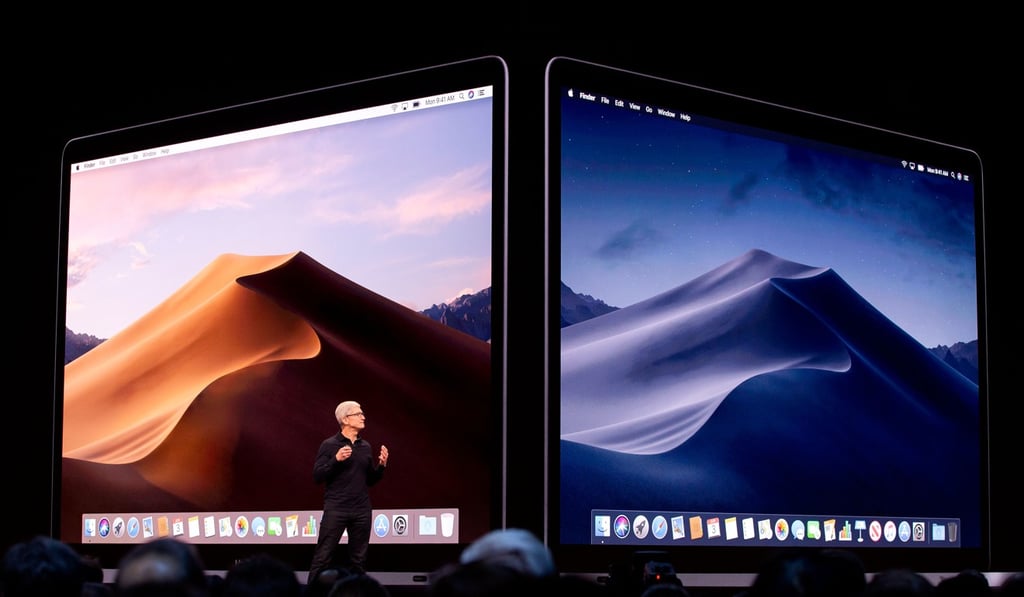Apple conference highlights: Facebook put down, new iPad Pro updates and a stand-alone Watch
- The Apple Worldwide Developer Conference had some shake-ups including its US$6,000 computer and the end of iTunes
- There were other important announcements: an iPod update that makes it more of a computer, and a more independent Apple Watch

Apple had a relatively quiet Worldwide Developer Conference (WWDC) last year, mostly software refinements and no new hardware announcement.
This year, the US tech giant bounced back with a jam-packed keynote full of major shake-ups to Apple’s wide line of products and services.
While the introduction of a new high-end US$6,000 computer and the killing of iTunes may grab most of the headlines, in my opinion there are more important changes that will bring immediate benefits to the average consumer.
Here are the announcements that really mattered.

Is the iPad finally a computer?
Apple has been advertising its iPad Pro as a computer replacement for years, and for the most part that was marketing hyperbole. Then, in late 2017, Apple finally gave the iPad the ability to run two apps side by side. But even then, many people have been frustrated by the iPad Pro’s restricted file system and lack of support for external storage.